E.T.C. by Carlo Perfetti
Indications: pathologies of the central and peripheral nervous system that cause motor or sensory impairment and orthopedic pathologies. The use of this method it is optimal for the rehabilitation of proprioception and tactile sensitivity (which are altered not only in neurological pathologies but also in those in the orthopedic field, especially in the case of fractures and surgery), for the reduction and control ofhypertone, dell’irradiation and of abnormal reaction to stretching. The integrity of proprioception and the adequacy of muscle tone are fundamental prerequisites for carrying out fluid and functional movements.
We have said that the E.T.C.. (Cognitive Therapeutic Exercise) by Carlo Perfetti, which from now on we will revere for convenience as the Perfetti method, it is ideal for recovering proprioception and tactile sensitivity deficits. Ma what is proprioception?
A healthy person knows perfectly well, without the support of sight, the position of one's body within the perceived space and the relationship of its different parts to each other (trunk, head, meaning..). If I want to get a glass I obviously have to see it, but I don't have to look at my hand to understand how I have to move it and how I have to adapt the grip to the shape of the glass. This perception of one's body is called proprioception.
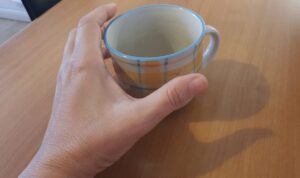
The design and execution of fluid and functional gestures requires an integral proprioception, which, on the other hand, is altered in many pathologies, is borne by the central nervous system (stroke, multiple sclerosis, Atassie, Parkinson's disease.) what a peripheral, but also in cases of fractures or interventions of joint prosthesis implants. The rehabilitation treatment of proprioception is essential to obtain an appropriate recovery of the fluidity of movement.
Patients with proprioceptive deficits they try to spontaneously compensate for this deficiency using their sight, that in mammals it is an extremely “overbearing” information channel with respect to the other senses: they look at the hand to understand how they have to move it to take the glass, they look at the foot to understand how they have to step. In this way, however, they reduce their chances of retrieving proprioceptive information and therefore a more physiological mobility.
One of the objectives of the rehabilitator will therefore be to "force" the patient to bring into play the information coming from those key body structures for proprioception (muscles, tendons, joints, skin) which the healthy person benefits from in an "automatic" way, unaware.
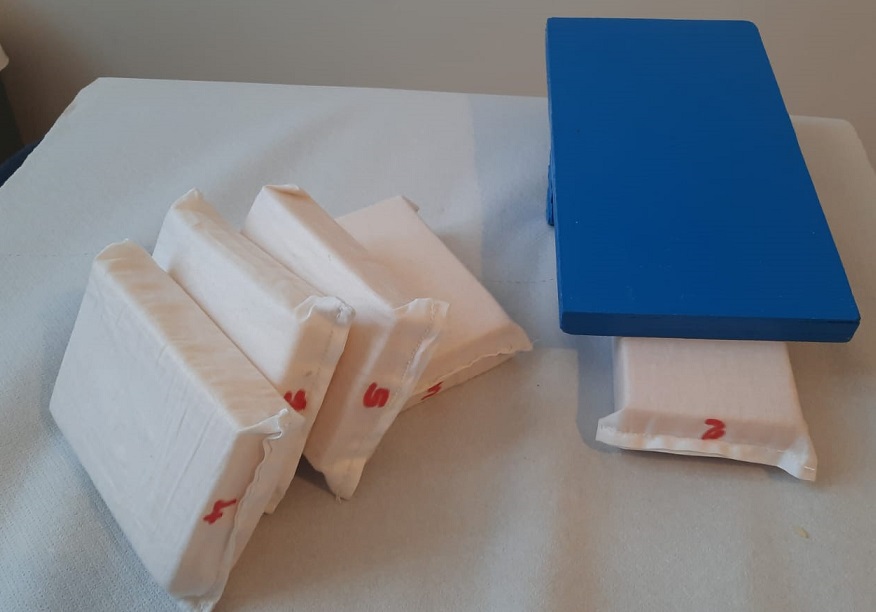
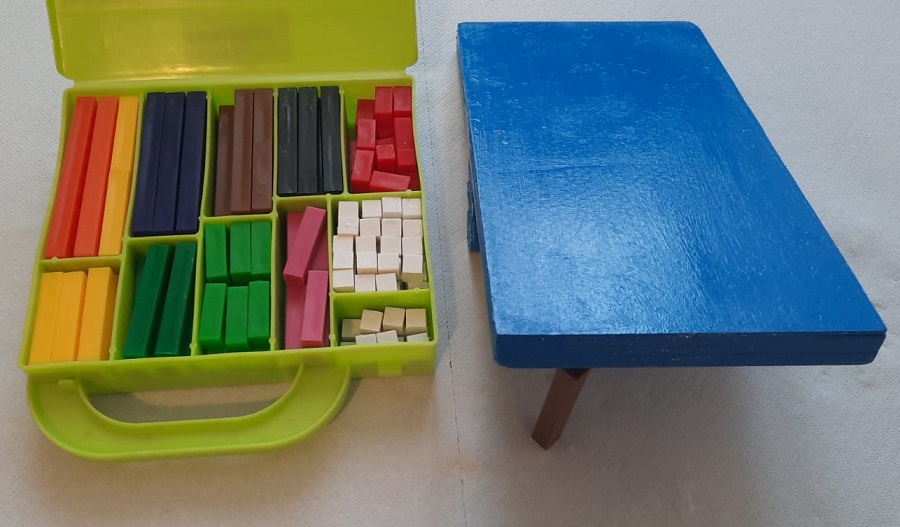
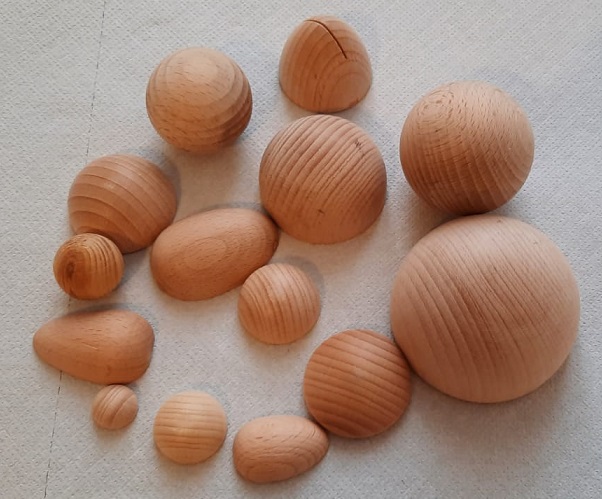
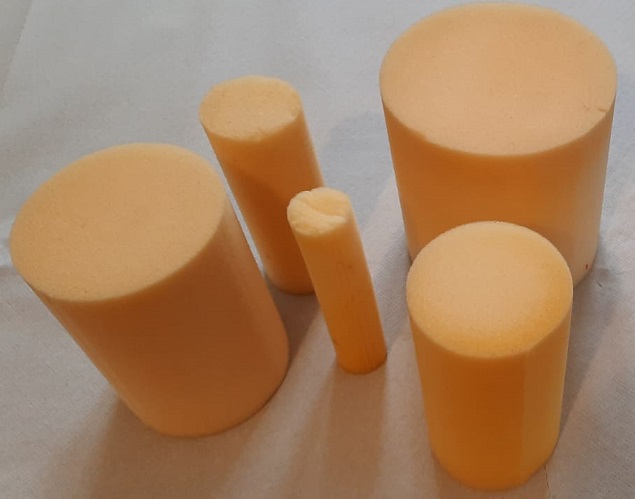
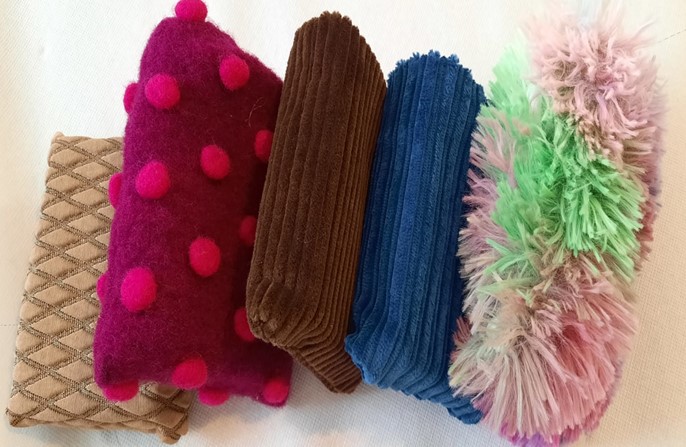
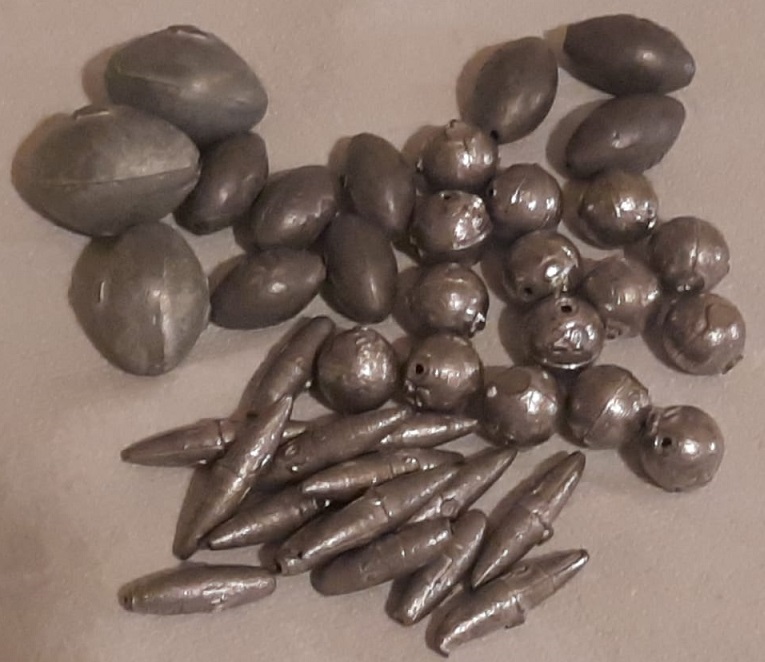
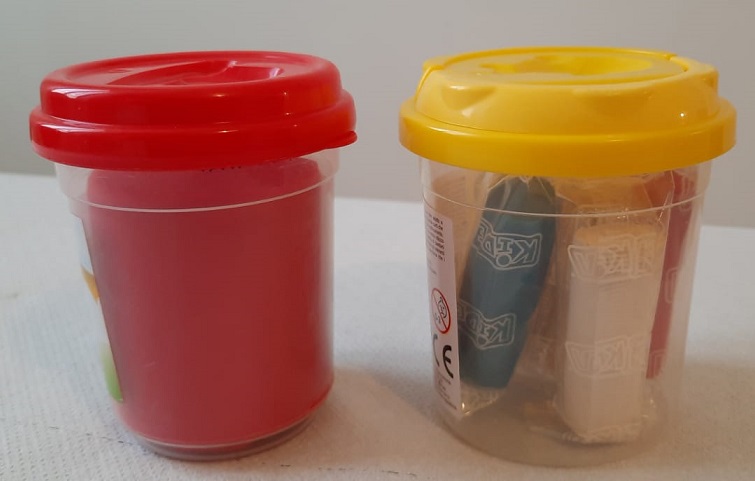
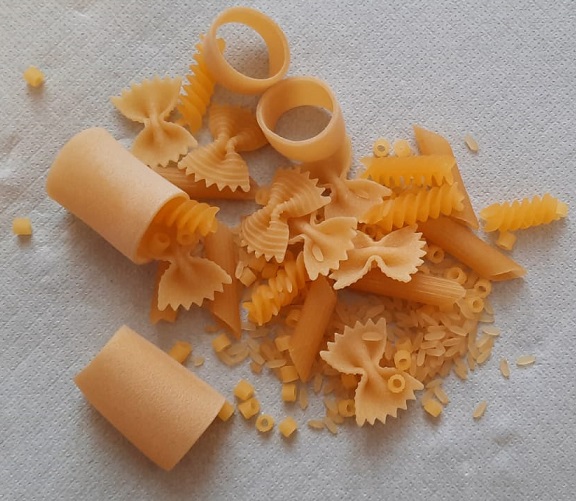
At the base of the Perfetti method there are three degrees of exercises:
1st degree exercises
“The first degree exercises aim to allow the patient to achieve satisfactory control over reaction to stretching, the overcoming of the deficit of the tactile sensitivity e kinesthetic, as well as the recruitment of a greater number of motor units. They consist in the request for attention to appropriate afferents, mostly kinesthetic and tactile, in order to arrive at the verification of adequate perceptual hypotheses proposed by the therapist through suitable aids1”.
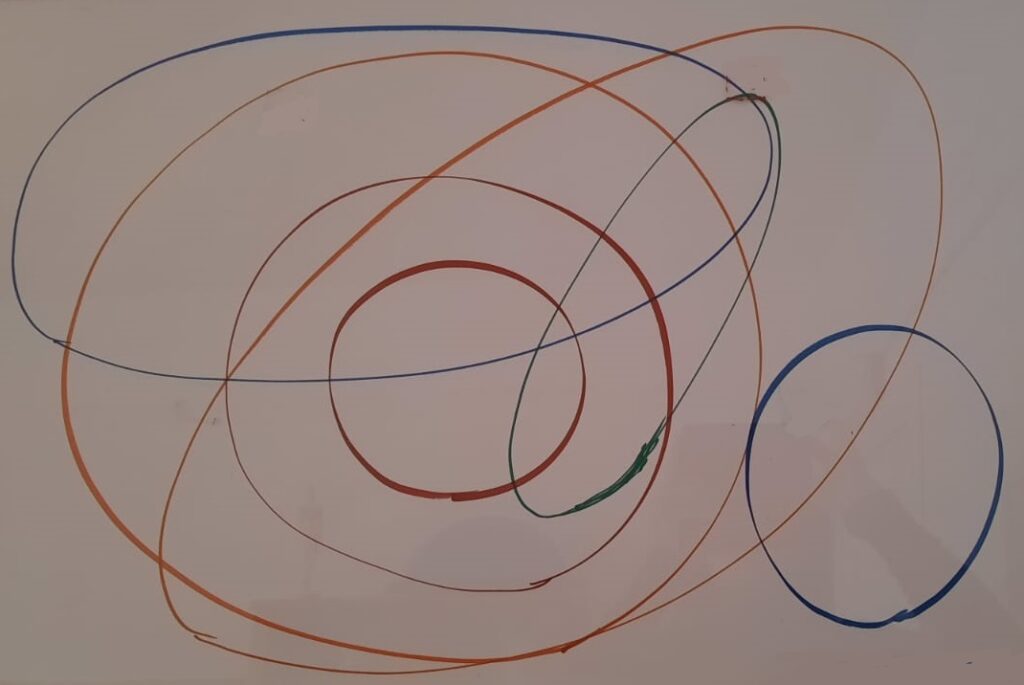
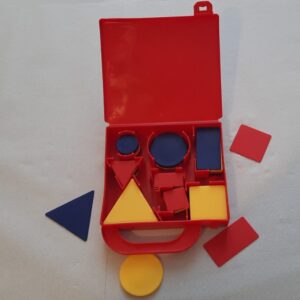
while performing these exercises the patient must inhibit any type of voluntary contraction and must limit himself to adapting the muscle tone of the limb in such a way as to allow the physiotherapist to guide its movement.
“In some of these exercises, after showing the patient a series of pictures, his hand is guided, inhibiting any voluntary contraction, to follow the contours of the figures themselves with their eyes closed and then the patient is asked to identify on which figure in the series the arm has been guided2.”. To be able to perform this exercise correctly the patient will have to:
- perform a visual analysis of the figures that are shown to him.
- transform the visual angles of the contours of the figures into kinesthetic angles or into an idea / hypothesis of the movement that his limb will have to make to follow the different contours of the figures themselves (perceptual hypothesis).
- carry out an analysis of the movements that the physiotherapist is making his limb perform (kinesthetic analysis), to make him follow the contours of the figures. This movement analysis is based solely on proprioceptive information.
- Compare the kinesthetic analysis of movement perceived through proprioception with the idea / hypothesis of movement that he had created based on the vision of the image contours (verification of the perceptual hypothesis).
2nd degree exercises
In these exercises, which aim at the irradiation control, "The patient is asked to verify perceptual hypotheses that require the recruitment of only a few motor units of a small number of muscles (..)3”. This type of exercise is essential to bring the patient to “control over the radiated contractions determined by the movement voluntarily performed4.”. To perform this exercise correctly, the patient will have to learn to modulate muscle recruitment to perform a kinesthetic analysis by actively moving the limb in order to then be able to verify the perceptual hypotheses. In 1st degree exercises this movement was guided entirely by the physiotherapist. In the 2nd degree exercises actually the patient actively performs only part of the entire trajectory of movement, which takes place in any case with the facilitation of the therapist's manual guidance who must measure their intervention by evaluating how much of the movement to actively allow the patient to perform based on the patient's ability to control the irradiation. The therapist, as well as calibrating the facilitation, he must also carefully measure the speed with which the movement is made, bearing in mind that one of the factors that trigger irradiation is the speed of movements. All first degree exercises can be transformed into second degree exercises.
3rd degree exercises
They serve to help the patient carry out a process of generalization of the trajectories performed with the first and second degree exercises to allow him the possibility of executing as many trajectories as possible and in the most functional way possible "using information from the outside and from his own body only to regulate spatiality, temporality and intensity of the movement, as does the healthy subject, when he has to learn a new motor performance5.”. It is possible to propose this type of exercise to the patient only when he has come to control in an automated way (subcortical), through first and second degree exercises, irradiation and the reaction to stretching. The automatic control of these two parameters allows the patient to focus exclusively on the evaluation of any discrepancies between the movement trajectory requested by the physiotherapist and the one he performed..
Voluntary control (cortical) and automatic control (subcortical).
In the exercises of 1st and 2nd we assist, as we have seen, to a transition from a voluntary control of irradiation (1st exercises) and the abnormal reaction to stretching (2nd exercises) to an automatic control.
In reality, even the learning of new motor skills in physiological conditions takes place through a transition from a first phase that takes place through voluntary control (cortical) of the execution of the motor task to be learned in a second phase in which the control of the activity we carry out takes place in an "automated" way (subcortical).
When we learn to bring the car we have to pay attention in a controlled way to how to put our foot down to brake, to accelerate, how much force should we use to push the pedal, the direction in which to move the shift lever to change gears, how far we have to turn the steering wheel and in what precise sequence we have to carry out all these individual actions necessary to carry on driving. And at the beginning it is very difficult and often the car switches off because we don't know how to adjust the clutch and accelerator. When we have finished the learning process, we carry out all these actions automatically without having to pay attention and we can chat with passengers while we think about the route to choose to get to the desired destination..

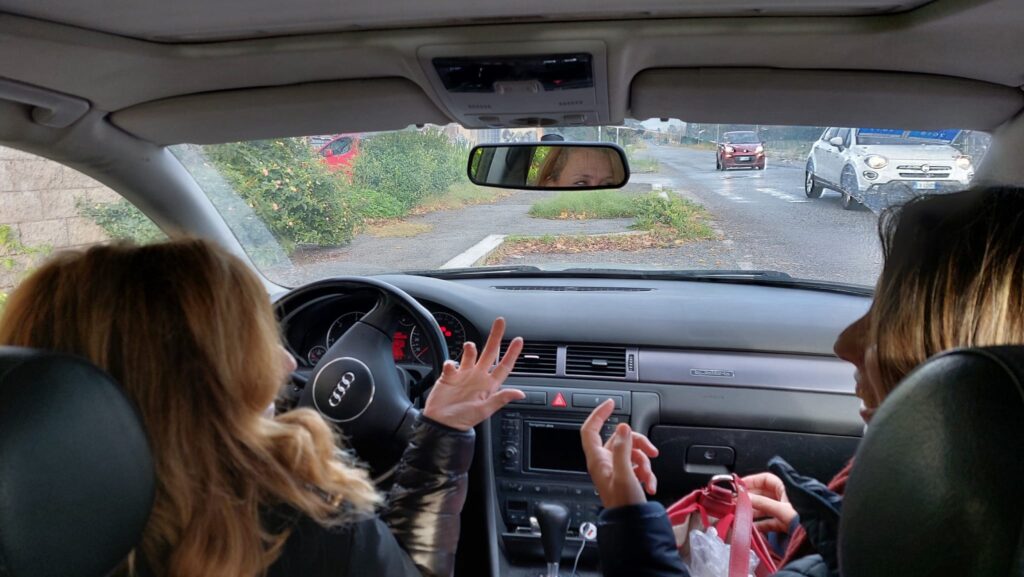
In rehabilitation, the relationship between information subjected to controlled analysis and that subjected to automatic analysis is "programmed by the rehabilitator, in such a way as to allow a progressive lengthening of the sequence sections that can be activated with a single information outlet subjected to controlled type analysis6.“. At a later time, the patient can be taught to independently switch from automatic to controlled analysis during exercise, using what Perfetti calls "attention signals". For example, this may be information that indicates the appearance of irradiation. By way of example, the exercise in a sitting position is shown in which the patient must extend the knee to follow a line drawn on the ground with the sole of the foot. The detachment of the medial edge of the foot from the ground becomes here a "signal of attention" to pass to the controlled analysis because it is precisely an indication of the appearance of irradiation7.
Requesting the execution of the entire sequence of the step early would involve a controlled analysis of a number of unmanageable elements. A well-structured preparatory work must be carried out before being able to propose such a complex execution. Perfetti suggests a key in the design of this rehabilitation work, namely the study of the ontogenesis of movement : “(..) identify structured recruitment complexes that are functionally used by the child in specific periods of maturational evolution and in equally precise periods, in relation to cognitive evolution, they are combined with each other so as to allow increasingly complex operations8.”.
The coding repetition or the stable and lasting acquisition of new skills.
As we have said elsewhere, neurorehabilitation aims to induce lasting changes in the central nervous system, what in the jargon we call "corticalization". Perfect from this point of view speaks of "coding repetition9”. This consists in proposing the repetition of the execution of a scheme, however, inserting "variations on the theme": have the patient follow the contours of semicircles of increasing / decreasing radius with his eyes closed and ask to identify them. This approach, according to Perfetti, allows the patient to identify and learn not so much "a move in the game" but rather "the rules of the game" and make them his own (corticalizzarle).
In describing the three degrees of exercises of the Perfetti method, I referred to the perceptual hypothesis several times. Now let's see more in depth what it is.
The perceptual hypothesis and movement
Perfetti tells us that in front of "(..) to the need to fulfill a certain task, the central nervous system is forced to ask itself certain perceptual hypotheses to be verified and to formulate a series of interlinked operations capable of leading to the acquisition of the information necessary to validate or reject, through appropriate comparisons, as assumed10.”. To get to lift a bag off the ground for example, we have to design, based on a series of perceptual hypotheses:
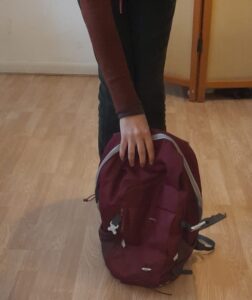
- the approach movement to be made based on the distance, visually estimated (perceptual hypothesis), of the envelope handle from our hand,
- the movement of the hand to make the grip according to the shape of the handle (perceptual hypothesis) and its orientation in space (perceptual hypothesis).
- the muscle strength to be used to lift it based on the estimate we make on the weight of the bag (perceptual hypothesis).
This project will be implemented through a series of interlinked operations. If during the execution of the gesture it emerges that the perceptual hypotheses are not perfectly suitable and that therefore the "project" is not perfectly appropriate for the task to be performed, appropriate "adjustments" of the motor act will intervene during its execution. This is possible thanks to a very refined feedback system that allows the central nervous system to know in real time what happens at the peripheral level and therefore to compare the "project" in real time., developed on the basis of a specific objective, with its execution.
The contraction of the muscle is only the last link in a chain of events which include the modulation of attention with respect to a whole series of sensory afferents to the central nervous system, mainly tactile and proprioceptive information, and the selection and memorization of those fundamental information linked to that precise context that must be compared with pre-existing schemes to elaborate the specific parameters of muscle contraction for that specific motor act.
It is therefore essential from the outset to bring the patient's attention to "(..) those structures that make it possible to program the characteristics of this recruitment towards a perceptual hypothesis11”. In this framework the exercisesi first degree, which from a traditional perspective would be classified as passive because they do not require voluntary muscle contraction, but only an adaptation of muscle tone, they are actually active exercises because they are aimed at the whole sphere of "actions" that are upstream of the voluntary movement.
The first degree exercises oblige the patient to carry out avisual analysis of the shapes and a derive the "kinaesthetic equivalents" that is, for example, transforming the angles identified with the view into "kinesthetic angles" which refer to the proprioceptive sensitivity deriving from the information coming from the anatomical structures involved in the movement (muscles, tendons, joints, cute).
The patient thus makes an hypothesis of what he should feel/perceive in tracing the contours of a figure rather than another. When the therapist makes him perceive the outline of the figures to identify them with closed eyes then, he will have to compare his kinesthetic hypothesis (perceptual hypothesis) deduced from the visual analysis with what it will actually perceive.
Becoming aware of the discrepancy between perceptual hypothesis and reality will allow him to improve his kinesthetic analysis skills.
1Pag. 101
2Pag. 70
3Pag 75
4 Perfect C. Therapeutic conducts for the motor re-education of the hemiplegic. 1986 Ghedini Publisher. pag. 102
5 Ibidem pag. 104
6 Ibidem pag. 57
7 Ibidem pag. 58
8 Puccini P. Perfect C. The development of the functional system of manipulation (structural analysis) SIMFER 12, Summaries, 1981
9 Perfect C. Therapeutic conducts for the motor re-education of the hemiplegic. 1986 Ghedini Publisher. pag. 62
10 Ibidem pag. 44
11 Ibidem pag 69